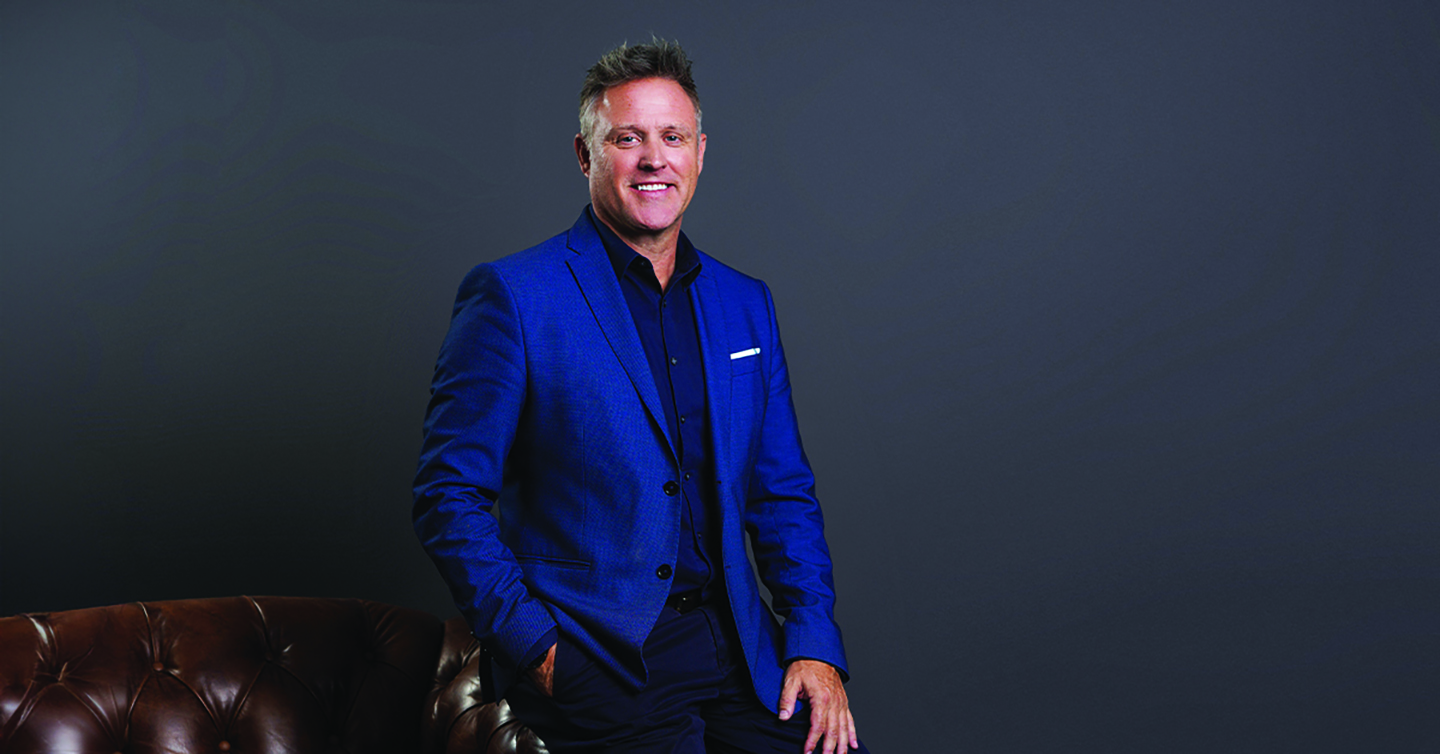
For Campaign Middle East’s October issue, we reached out to a cross-section of industry experts to ask them if having no logos or visible branding more effective in outdoor media?
In case you’ve missed it, here’s the first part of the answers.
Here’s the second part of all the divided responses from the experts.

Adam Taylor
Director of Marketing, IFZA
Maybe
In outdoor media, the effectiveness of having no logos or visible branding largely depends on the context and objectives.
Minimalist advertisements can create intrigue and provoke curiosity, however for smaller brands they may not always convey crucial information or build brand recognition.
Established brands with a strong brand affinity, like McDonald’s, can experiment with this approach, leveraging the curiosity of their audience.
Even when the brand expression is fragmented, the audience can still recognise the identity.
Remember, the choice between visible branding and minimalism should align with campaign goals, target audience, and the desired emotional response – balancing recognition with engagement and storytelling.
 Reem Monged Afifi
Reem Monged Afifi
Head of Creative & Design, Tim Hortons Middle East
Maybe
In specific scenarios, a “brand-less” approach can yield remarkable results by aligning campaign objectives, audience targeting, and the creative power behind your ideas.
Even established brands with deep pockets should assess risks before embracing a bold, and potentially viral strategy.
Effectiveness can be measured through brand trackers and pre- and post-research, confirming its ability to spark curiosity, expand reach, convey creativity, and evoke a strong enough sense of immersive experience that leads to trial if not conversion.
This approach excels in guerrilla marketing or mysterious product launches, serving as an enticing teaser.
Finally, perhaps it’s not so much about the presence or absence of a logo but also the breathtaking power of the medium itself, hoardings on SZR are one of a kind, and along with other ‘towering’ outdoor options in Dubai, creating ads with stopping power and high levels of engagement and sharing is becoming more and more commonplace.
 Anton Jeya
Anton Jeya
Graphic Designer – OOH, AKQA MENA
Yes
OOH media without logos feels like an interesting puzzle waiting to be solved.
The LEGO and Mcdonald’s billboards invite us to find meaning, and make it a refreshing change that escapes category norms of over explaining what to feel and think.
They give a sense of accomplishment to those who figure it out, similar to when you notice the meanings behind logos like FedEx, Amazon, Tostitos, etc.
While I loved the subtlety of Mcdonald’s, I think the LEGO billboard might’ve needed an open-ended nudge to communicate its connection to Ramadan.
Regardless, to be able to pull a minimal billboard is an achievement of global brand efforts and kudos to the regional creative team for being able to push it internally as well.

Colman Sheil
Chief Creative Officer, Liquid
Yes
But first, ask yourself…is your brand known by everyone? Is your brand loved by many? Is its personality, purpose and attitude well understood?
Do you own unique, recognisable design assets? Are these assets iconic enough to withstand partial and unlabelled presentation?
Are you 100 per cent sure your campaign could not be mistaken for another brand?
Despite this, are you comfortable knowing that some people may not understand your campaign?
Is your brand fearless? Is your agency just as fearless? If all of the above are answered with yes, then go for it.
Otherwise, you may want to consider keeping your logo on there.
 Vernon D’Cruz
Vernon D’Cruz
CEO , VERSA Consulting
No
Having no branding in your campaign only makes sense in two instances:
If you are launching a teaser campaign where you want to create an element of surprise, raising curiosity around what that campaign will be adds to the element of viral curiosity surrounding the campaign.
It can work if you have a well established recognisable brand which leaves little doubt in the consumers head of what the brand is so that they can easily associate it back to you. Examples can include Nike, Mc Donalds, Lego, Apple, The Palm Jumeirah etc.
 Vidya Manmohan
Vidya Manmohan
Founder and CCO, V4Good
YES
Especially for well-established brands. In a world of clutter, where brands are trying to cramp in as much as they can to justify the investment put into outdoor media; when brands decide to say nothing, it definitely stands out.
The LEGO bridge on Sheikh Zayed Road was a classic example of how a brand could make people curious and talk when they were not bombarded with too many messages.
As they say, simplicity is complicated. But when you have iconic brand assets and great clients to back you, sometimes that’s all you need to become the talk of the town.
 Michele Deiuliis
Michele Deiuliis
Associate Creative Director, Havas Creative Middle East
YES
In a landscape saturated with brand messages, outdoor advertising is truly a breath of fresh air. It urges brands to strip to the basics, revealing their essence.
When outdoor embraces minimalism, it creates authentic, memorable connections, akin to a heart-to-heart with the audience without flashy distractions.
This magic rides on unique creative insights, with distinct attention-grabbing strategies. The win is when people remember the brand, fostering community.
It’s the role of social behaviour in driving brand recall. This minimalist approach transforms branding into a silent yet potent representative of the brand’s ethos, affirming that in branding, less indeed speaks volumes.
 Leandra Meintjes
Leandra Meintjes
Chief Marketing Officer, PROVEN 360
Yes
Times are certainly changing, and we marketers must adapt or risk falling by the wayside.
We’re witnessing a shift from excessive branding to a more minimalist era.
Gone are the days of oversized logos plastered on shirts, belts, bags and the colossal billboards dominating highways.
Today, marketing exudes elegance.
It’s no surprise that even the highway giants have followed the wisdom of their brand gurus.
Logo-less luxury is gaining momentum.
According to The Future Party, sales of products with conspicuous logos have dropped by 43 per cent this year.
As a result, top-tier fashion labels have increased their investments in brands like LVMH, including Loro Piana, and Kering Bottega Veneta, both renowned for their subtle logos.
The key? Curiosity and charm. It is all about finding that equilibrium.
Take a lesson from our red carpet ensembles: sometimes, less truly is more. It’s about finding your brand’s unique rhythm and basking in the spotlight.









